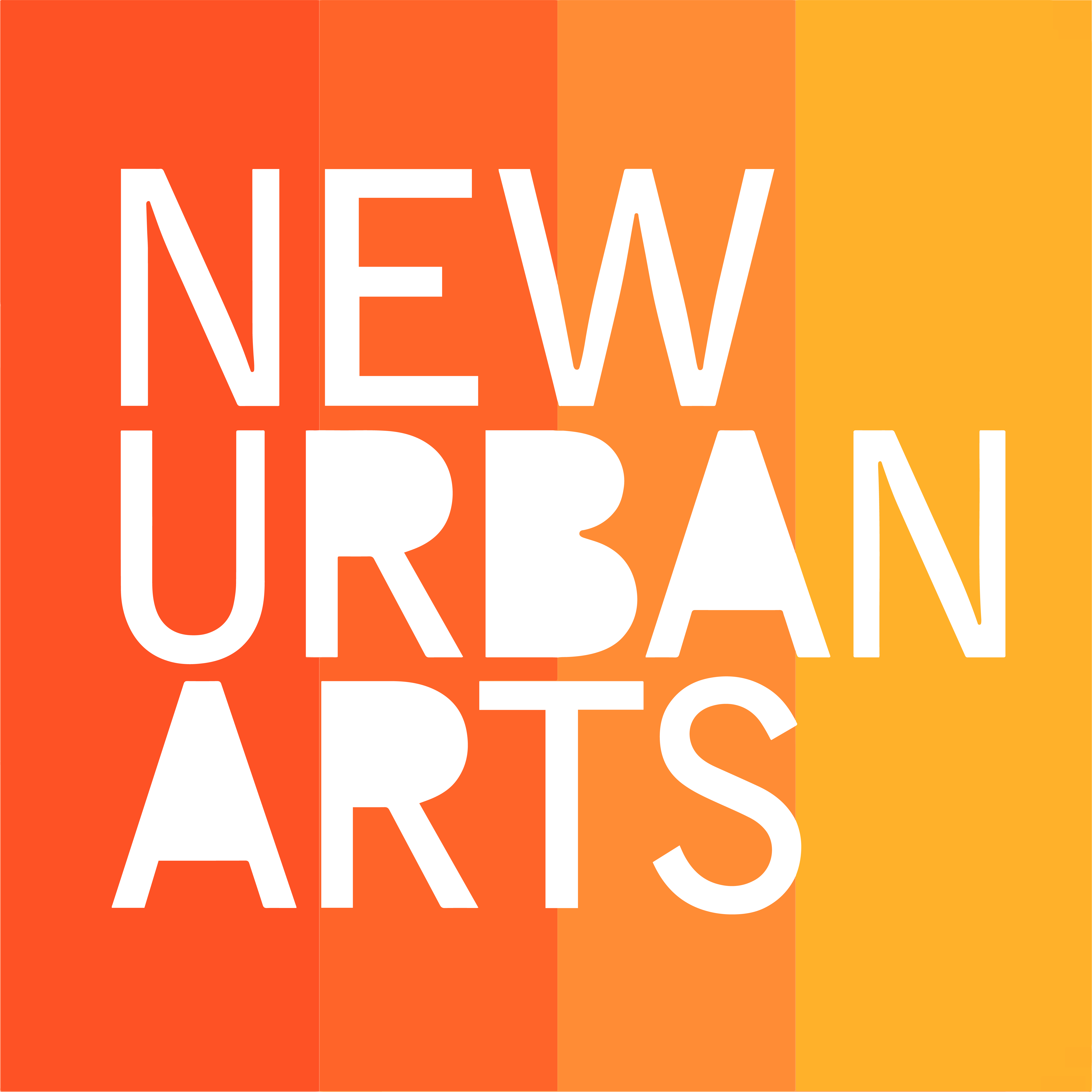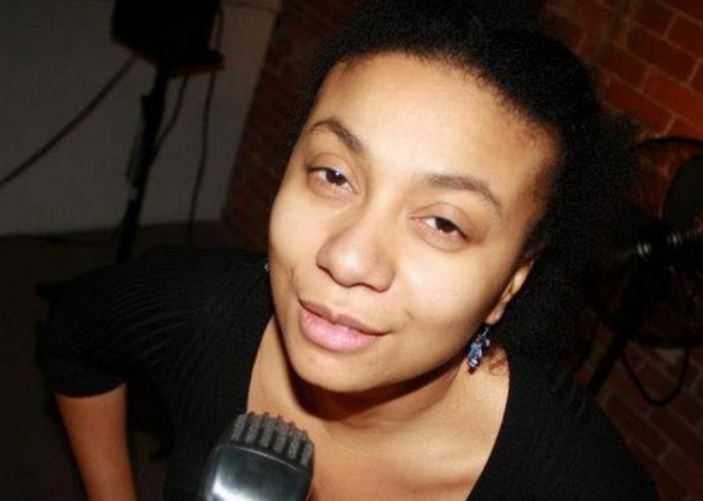This month, poet Indigo Bethea shares her thoughts on the impact of poetry at various stages in her own education and career.
Tina Cane, Rhode Island poet laureate
Tina Cane’s invitation to write this month’s column spurred me to seriously think through the role of the artist in the classroom. And in that mining of my most cherished experiences as an artist and educator, I discovered three fragments of memory worth sharing: Poetry as Emancipation, Poetry as THE Cry for Help, and Poetry as Voice.
Poetry as Emancipation
1990. Me, a New York City middle school student, encountering Edgar Allan Poe for the first time. “The Raven,” “The Bells,” “Annabelle Lee,” “Lenore.” All works expressing a profound sadness, a never-ending sigh that SPOKE to me. Though I had already been writing poetry by that point, Poe showed me that I didn’t have to hide my feelings. I could be as introspective as I wanted to be. And considering the challenges in my family life, my attempts to understand the forces beyond my control, I NEEDED that. Though I didn’t know it then, writing— specifically in the form of poetry — would become my freedom. My space to explore and understand myself, my world.
Poetry as THE Cry for Help
1997. Me, a college student on a school break, teaching my first poetry workshop to African-American elementary school students in Princeton, New Jersey. The theme was identity, and I had shared some pieces I wrote on “Hair” and the politics of texture. That, in itself, opens up a fascinating discussion on notions of beauty and self-determination. Yet, the part I remember best came from a quiet, dark brown little girl, “chubby” one might say, wearing thick glasses. A Pecola-Breedlove-kind-of-girl, the kind you easily overlook. The young girl privately shows me her poem, and like “The Bluest Eye,” this piece describes the life of a young black girl who feels invisible. Except this child doesn’t need Pecola’s magico-psyche-splitting resolution. Her plan is far simpler … suicide. Had this young lady been signaling for help before? Perhaps. Perhaps the concreteness of text finally made it possible for her to be heard. And at least on that day, she was no longer ignored.
Poetry as Voice
2010. Me, a transplanted adult now living in Providence, co-facilitating a poetry workshop at New Urban Arts. As the workshop unfolds and the students prepare to share their pieces with the group, a young lady mentions that she feels nervous and doesn’t normally present publicly. I offer to read her poem, provided she stands right next to me as I do so. In reading her work, I pretend not to understand her handwriting and otherwise mangle her words. Then pretending to be exasperated, I hand her the paper and say, “You do it!” And she does! Her voice changes from timid to masterful in a matter of seconds. I didn’t realize how monumental this transition was until she later explained, through tears, that “shyness” was really “stage fright” and she had just overcome it.
Arts education goes beyond curriculum. It is a lifeline allowing for profound self-awareness, connection and self-esteem.
— Indigo Bethea is a Brown University graduate and cultural anthropologist, working as the chief operating officer for the Center for Culturally Fluent Leadership. She also indulges her creative side as a poet/writer and self-proclaimed “food artist” with HappySpoonHomeCooking.com.

